An interview with Cardinal Gerhard Müller, a Synod Father and former head of the Vatican’s doctrinal office
By Matt Gaspers
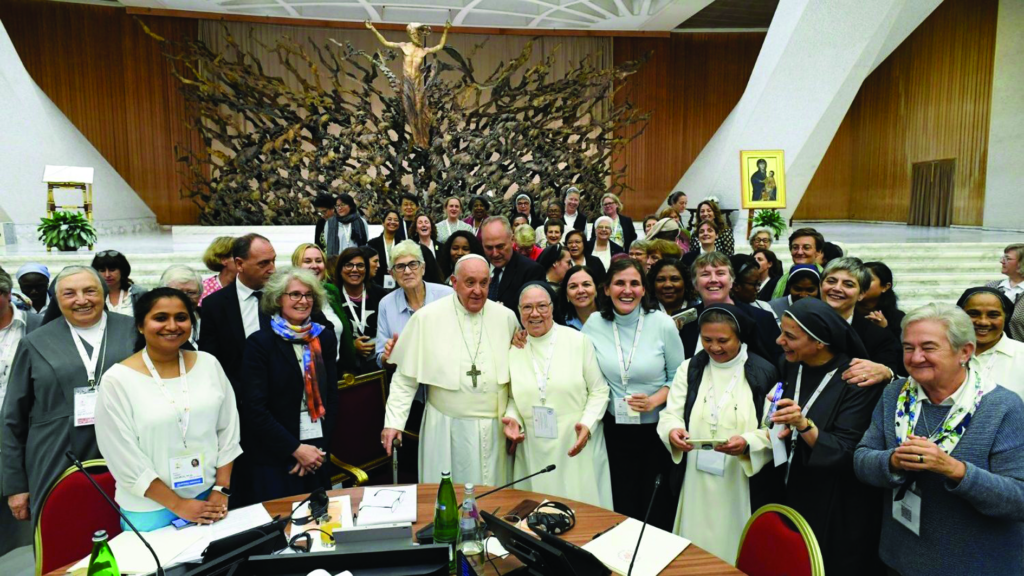
Women were present in large numbers at the October 2024 Synod. One much-discussed question was whether women could be “deaconesses,” because women “deaconesses” were spoken of by St. Paul. However, scholars agree that the role of those deaconesses was not a “rung on the ladder” leading to the sacrament of Holy Orders. The Synod seemed to assent to this understanding, but more discussion lies ahead…
German Cardinal Gerhard Müller, former prefect of the Dicastery for the Doctrine of the Faith, was among 120 delegates chosen directly by Pope Francis to participate in the XVI General Assembly of the Synod of Bishops, the “Synod on Synodality,” which took place in two sessions (October 2023 and October 2024).
In the past, Cardinal Müller has expressed grave concerns that the Synod’s goal is “to make the Church conform more with this international Agenda 2030,” rather than to proclaim the truth that “God came down from heaven in His Son, Jesus Christ, for us and for our salvation.”
Inside the Vatican’s Matt Gaspers asked Cardinal Müller to comment as he prepared to participate in the Synod on Synodality’s just-ended 2024 Session.
******
Inside the Vatican: You previously described the Synod on Synodality as a “hostile takeover of the Church” which “we must resist.” Is it still a serious threat to the Church?
Cardinal Müller: The problem is that the ecclesiological status of this assembly is not clear.
The Synod of Bishops was originally intended as an advisory body for the Pope.
It was intended to be the institutionalized and collegial co-responsibility of the world episcopate in the government of the Church, in so far as the bishops, through their consecration, share in the universal teaching and pastoral office of the Church.
Now non-bishops also have the same right to vote and speak as bishops.
Those who confuse an ecclesiastical synod with a secular-democratic body consider this to be progress, because they believe that non-bishops now share in the politically interpreted “power” in the Church.
In reality, the Synod has changed its nature.
It is no longer an institution of collegiality among bishops but a general body that submits its votes to the Pope, who, at his own discretion, rejects one proposal and makes the other a law of the Church.
But this is a monopolization of ecclesiastical authority based on a false understanding of papal primacy, which is precisely what Vatican II wanted to correct and which also runs counter to the dogma of Vatican I.
The Pope, as Successor of Peter and Vicar of Christ, does not relate to the Church in the same way that the autocratic party leader relates to the cheering members of the party congress in political systems.
Vatican documents have repeatedly connected the Synod on Synodality to the Second Vatican Council, saying, for example, that the Synod is taking place “in the wake of the drive for continuous ‘aggiornamento,’ the precious legacy of the Second Vatican Council” (2022) and that the current Synod “constitutes a true act of further reception of the Council… reinvigorating its prophetic force for today’s world” (2023). Do you agree that the Synod on Synodality is essentially a continuation of Vatican II?
Cardinal Müller: The Synod on Synodality has no doctrinal authority, such as that which belongs solely and exclusively to an ecumenical council headed by the Pope or to a regional synod recognized by the supreme teaching authority of the Pope.
We are not dealing with a Second Vatican Council here.
But the participants should be inspired by the doctrinal texts of the Second Vatican Council.
It is essential to overcome this ideology according to which the Second Vatican Council was something like the late victory of Modernism.
What is meant here by “Modernism” is the heresy, rejected by the Church, that revelation is not a historical reality, but that dogmas are only the changing collective expression of changing religious subjective feelings of an unknown Divine beyond His revelation in Jesus Christ and His presence in the infallible doctrine and sacraments of the hierarchical and sacramental Church.
Some dream of interpreting Vatican II as the first breakthrough against the narrow neo-scholastic theology, which should then be completed by its great ideas into the vision of a Church that conforms to the world of modern ideologies.
This would no longer be the sacrament of salvation of the world in Christ but only a religious organization that offers its members spiritual experiences and a playing field for their socially romantic dreams of a fraternal world in the sense of the universal brotherhood of people of all religions and worldviews in the one-world religion.
The Vatican’s document Synodality in the Life and Mission of the Church (2018) connects “synodality” to what it calls “the ecclesiology of Vatican II.” Cardinal Mario Grech has similarly asserted, “A correct reception of the Council’s ecclesiology is activating such fruitful processes as to open up scenarios that not even the Council had imagined and in which the action of the Spirit that guides the Church is made manifest.” Do you see a connection between “the ecclesiology of Vatican II” and the current Synod?
Cardinal Müller: The Holy Spirit does not initiate processes or construct scenarios, nor does He justify the sweet-sounding concepts and colorful visions of a Church that functionaries and ideologues think up and present to the astonished people of God as surprises of the Holy Spirit.
Vatican II presented the revealed faith regarding the Church of the Triune God with the help of Holy Scripture, the Church Fathers and the Councils, but it did not make arbitrary ecclesiological concepts of individual theological authors the measure and criterion of its self-understanding.
We believe in the Holy Church, for which Christ gave Himself up to make her His Bride, and not in the literary product of a theology professor or in the spiritual experiences of religious visionaries.
This has its meaning in its place, but it must not be confused with the deposit of faith that comes from God’s revelation and obliges us to accept it obediently in conscience.
You wrote last October, “A Synod of Bishops should deliberate on how to meet the challenges of faith in today’s world so that Christ is brought to the attention of today’s people as the light of their lives.” What are these primary “challenges?”

The Descent of the Holy Spirit, by Sandro Botticelli, Birmingham Museums & Art Gallery, England
Cardinal Müller: The point around which everything revolves and on which the healing presence of the Church in the world of today and tomorrow is decided, is anthropology. According to secular thinking, man is just an accident of the earth’s development, thrown into existence without ever finding meaning in his existence or recognizing God as his origin and goal. But God came down from heaven in His Son, Jesus Christ, for us and for our salvation. He took on flesh from Mary and shared our life and destiny, even to the point of the Cross and suffering. And only through His Resurrection from the dead has He given us real hope that death, suffering, and injustice will not have the last word.
What is the use of making a career in the Church, of realizing oneself as a layperson, of fighting for the diaconate of women and of “abolishing” celibacy as an unpleasant condition of access to a secure position (making it optional), of sharing the supposed power and secure benefices with the clergy, if God is dead in the hearts of men and the Church is seen as a monument from a better past?
It is right and good if, in the context of the Synod of Synodality, everyone appeals to the Holy Spirit and wants to hear what He says to the churches (Apoc. 2:7). But that is not the spirit of the times of the ideological visions of a man-made New World Order of the Great Reset or Agenda 2030, but the Spirit of the Father and the Son, Who was sent down to the Apostles by the exalted Christ on the day of Pentecost, “so that He may continually sanctify the Church and that the faithful may thus have access to the Father through Christ in one Spirit.”
And it is not we who make the Church fit for the future with our working papers, votes, agendas, programs and structural reforms. Rather, He is the Holy Spirit Who rejuvenates and renews the Church through the power of the Gospel and “leads her to perfect union with her Bridegroom. For the Spirit and the bride say to the Lord Jesus: ‘Come’ (Apoc. 22:17). Thus the whole Church appears as a people united by the unity of the Father and the Son and the Holy Spirit.” (Second Vatican Council, Lumen Gentium, art. 4).

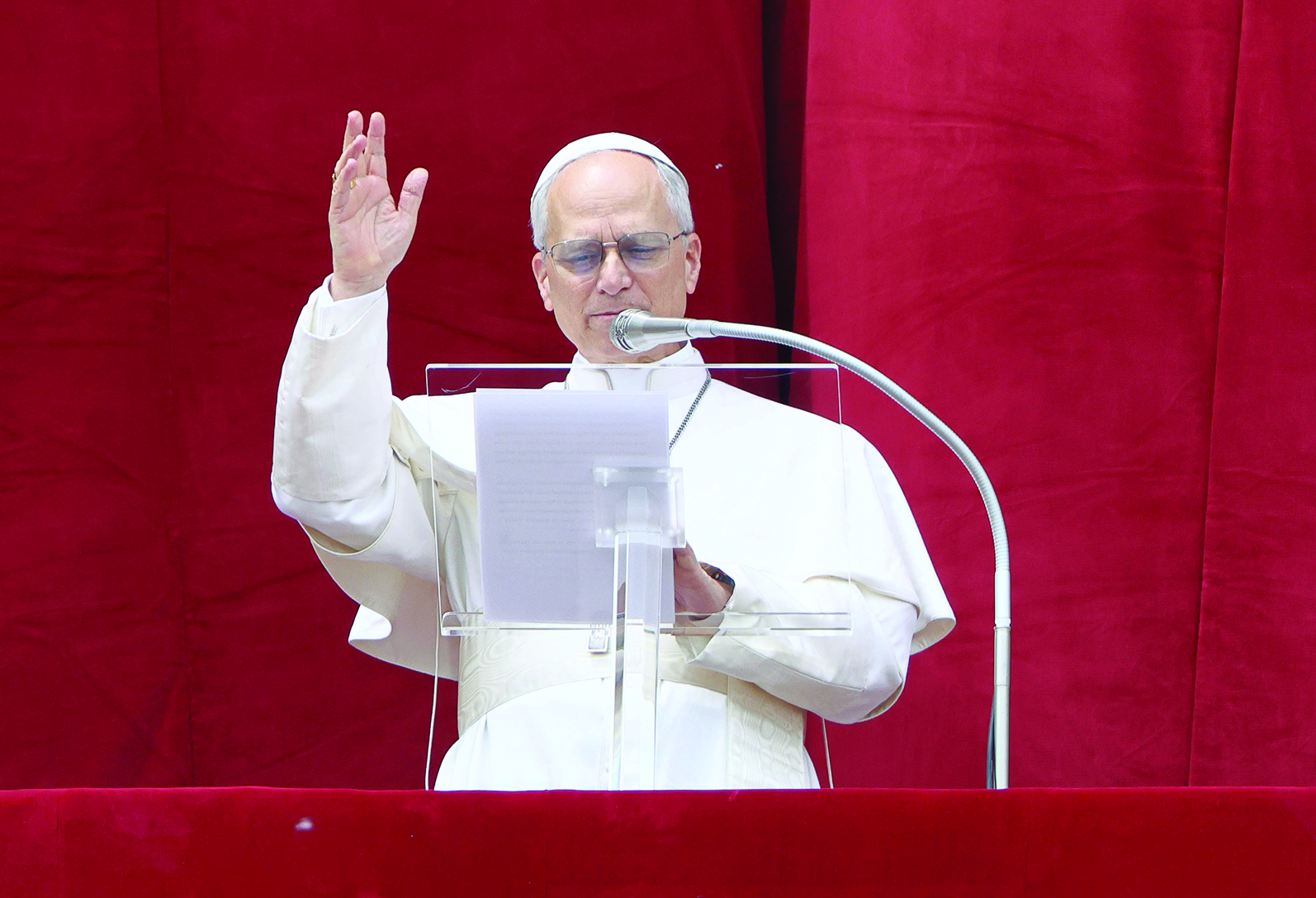
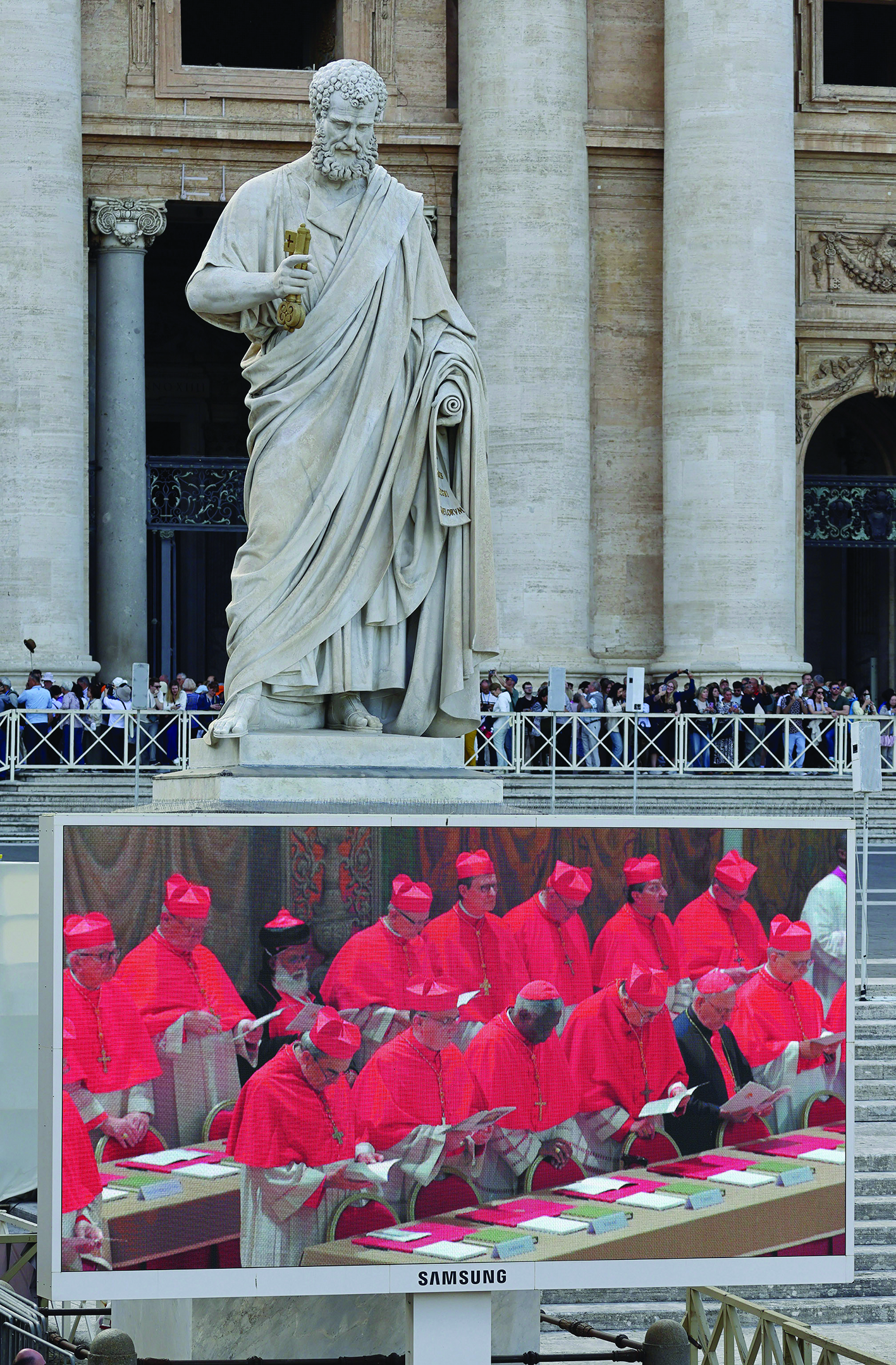
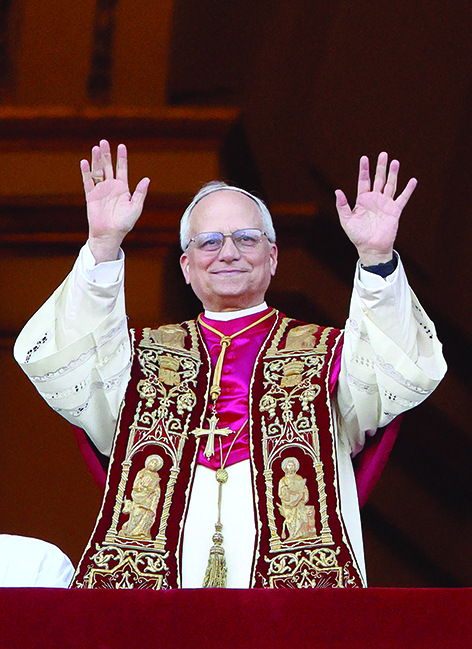
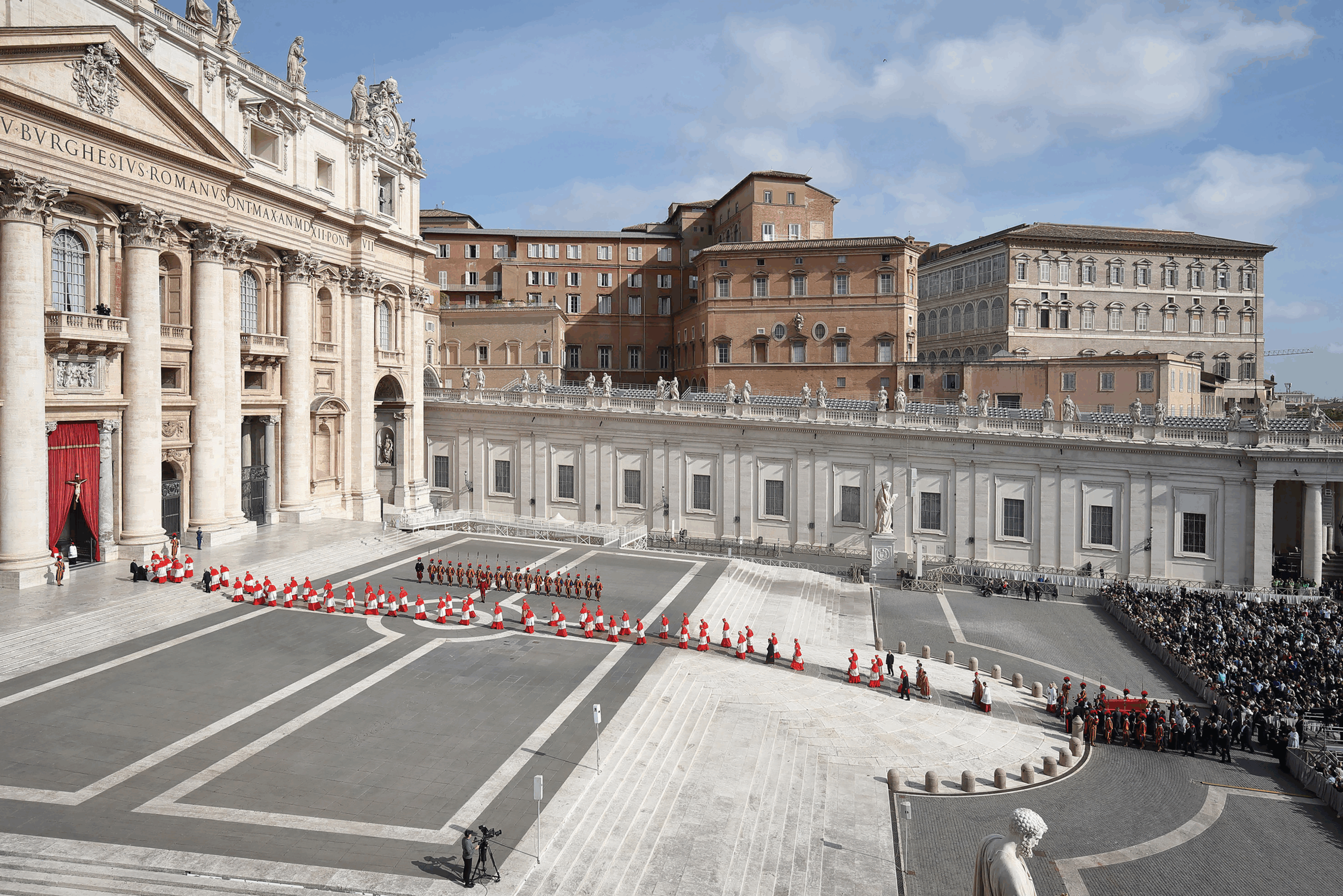
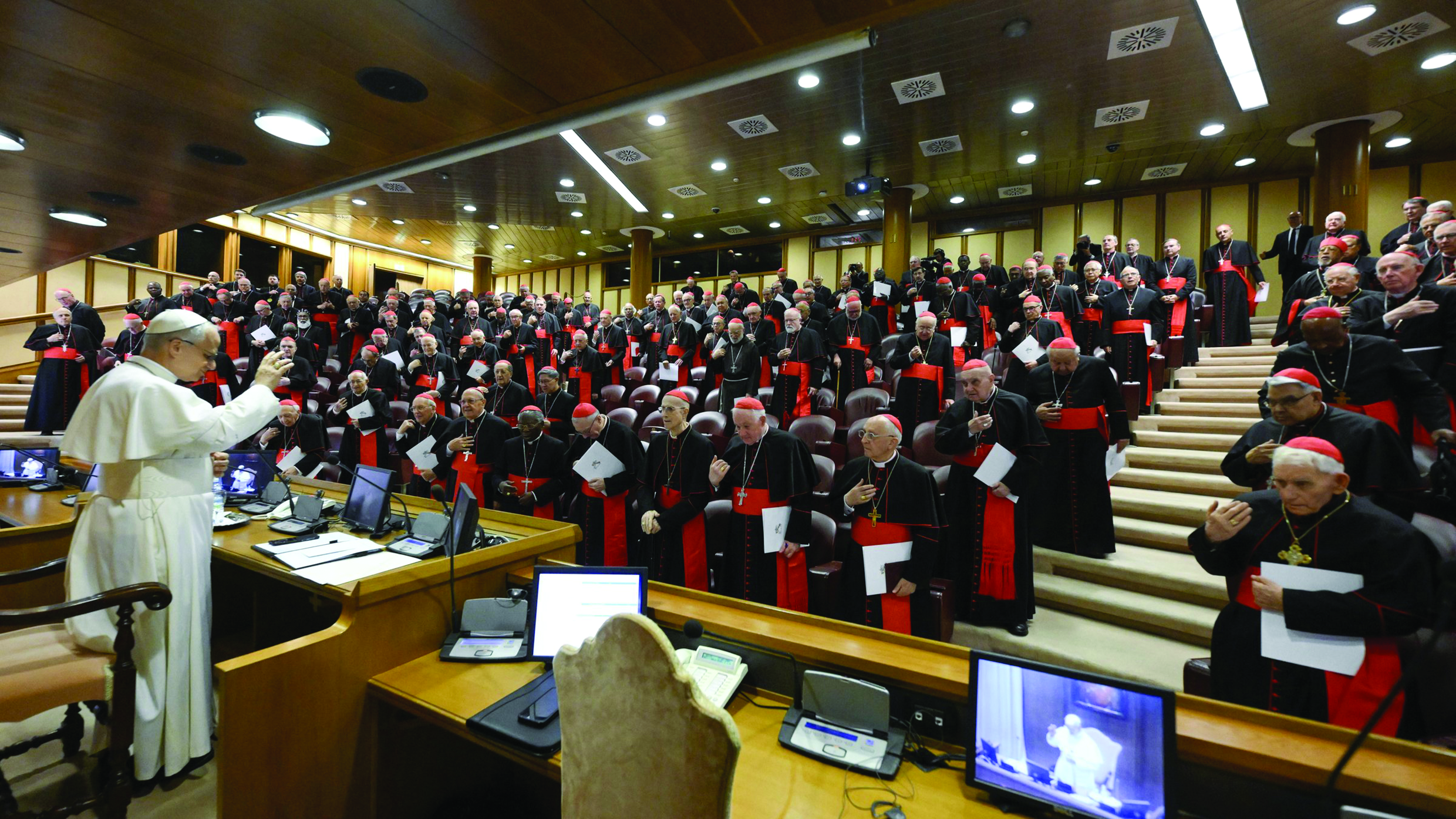
Facebook Comments